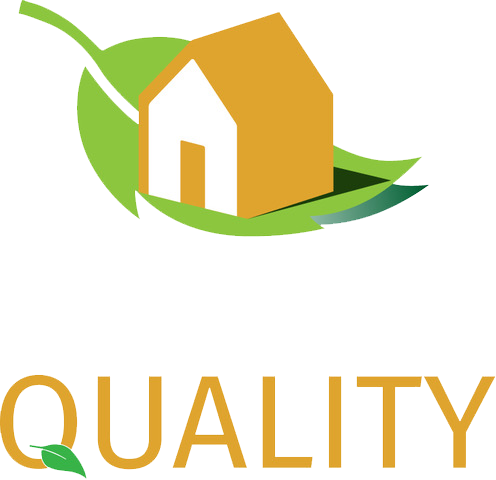Environment
Home Quality Mark
Home Quality Mark helps to demonstrate the high quality of a home and its sustainable credentials. At the same time, it will give house holders the confidence that the new homes are well-designed ad built, and cost-effective to run.
The HQM will do this by providing impartial information from independent experts on a new home’s quality. It clearly indicates to householders the overall expected costs, health and wellbeing benefits, and environmental footprint associated with living in the home.

Developed by BRE, the Home Quality Mark is part of the BREEAM family of quality and sustainability standards.
We can carry out HQM assessments regardless of the stage of your project:
What is HQM?
Through a simple and accessible rating system supported by a number of performance indicators representing home occupier’s key priorities, HQM does the following:
Why Home Quality Mark (HQM)?
The HQM has been developed to help drive quality in the housing industry by providing a simple but reliable 5-star rating system that allows new homes to be quickly and easily compared.
HQM will enable house builders to demonstrate the quality of their homes and differentiate them in the marketplace. It will provide those buying and renting new homes with expert, impartial information on building quality, running costs (utilities, insurance and maintenance) and the positive benefits of a healthy home in a connected community.
Detailed consumer information is now provided for most of the new products we buy, from food to washing machines and cars etc. And there is clear evidence of the growing use by consumers of information from independent sources when making choices, especially in an increasingly digital and connected age. But there is a stark contrast between the wide ranging information available when buying a new car or computer, and the limited information on a new home – despite the fact that this is usually our most significant life purchase.
How does Home Quality Mark HQM work?
To provide greater clarity on how the home performs, indicators based on the key interests of the major participants – such as home occupants, developers and planners – are also rated. Indicators from a householder perspective, for example, are householder costs, positive impact on health and wellbeing, and environmental footprint.
An example is provided of the HQM ‘scorecard’ that a home will receive – showing the overall rating and the ratings for each of the three householder indicators.
What Home Quality Mark HQM Measures?
The wide range of issues that are measured are divided into three sections
These each allow for a degree of pre-approval to maximise the cost effectiveness of the assessment process whilst taking account of issues that are site specific in the final assessment of the development. This will encourage good design but reduce repetition of data collection and entry.




